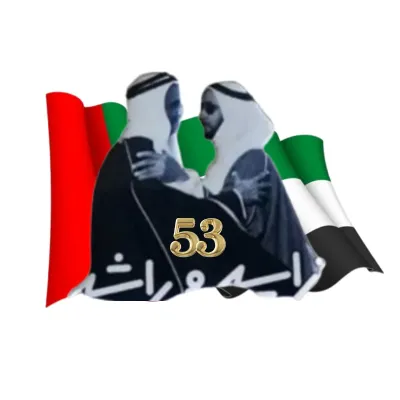Meaning of Colors of Mali Flag
 What is the Meaning of Colors of Mali Flag?
What is the Meaning of Colors of Mali Flag?
Flags are more than just pieces of cloth; they are powerful symbols that represent the identity, values, and aspirations of a nation. The flag of Mali, with its bold colors and striking design, holds a rich tapestry of history and symbolism. In this blog, we delve into the meaning behind Mali's national flag, exploring the significance of its colors and the stories they tell.
The Design of Flag of Mali
Before we explore the symbolism of each color on Mali's flag, let's first understand its design. The flag consists of three vertical stripes of green, gold, and red from left to right. Positioned in the center is the national emblem of Mali, a stylized version of a traditional African shield and spear.
Colors of Mali Flag
Green: The Color of Fertility and Hope
The green stripe on Mali's flag represents fertility, abundance, and the lush vegetation that characterizes much of the country's landscape. It symbolizes hope for a prosperous future and a connection to the land, which is vital to Mali's predominantly agrarian economy. Green also signifies Islam, the dominant religion in Mali, and represents the importance of faith and spirituality in the nation's life.
Gold: Tribute to Mali's Glorious Past
The golden stripe pays homage to Mali's rich history, particularly its legendary past as the Empire of Mali. During the Middle Ages, Mali was one of the wealthiest and most powerful empires in West Africa, renowned for its vast gold reserves and flourishing trade routes. The color gold reflects the empire's prosperity, cultural achievements, and enduring legacy. It serves as a reminder of Mali's glorious heritage and the resilience of its people throughout the ages.
Red: Sacrifice and Struggle for Independence
The red stripe symbolizes the sacrifices made by the Malian people in their quest for freedom and independence. It represents the blood shed by those who fought against colonialism and oppression, as well as the resilience and determination of the nation to overcome challenges and build a better future. Red also signifies the courage and strength of Mali's people, who have endured various hardships throughout history with unwavering resolve.
The National Emblem
At the center of Mali's flag lies its national emblem, a depiction of a traditional African shield and spear. This emblem embodies the spirit of unity, protection, and defense. The shield represents the nation's commitment to safeguarding its sovereignty and territorial integrity, while the spear symbolizes the readiness of the Malian people to defend their homeland and uphold their values.
Significance
The flag of Mali holds profound significance, embodying the nation's identity, values, history, and aspirations. Each element of the flag, from its colors to its emblem, carries symbolic meaning that resonates deeply with the Malian people.
Representation of National Identity
The flag of Mali serves as a powerful symbol of national identity, unifying the diverse ethnic, cultural, and religious groups within the country. It provides a visual representation of Mali's sovereignty and independence, distinguishing it as a unique and distinct nation on the world stage.
Tribute to Mali's History and Heritage
Mali's flag pays homage to the country's rich history and cultural heritage, particularly its legendary past as the Empire of Mali. The golden stripe on the flag reflects the empire's wealth, prosperity, and contributions to African civilization during the Middle Ages. It serves as a reminder of Mali's glorious heritage and the resilience of its people throughout history.
Expression of Aspirations
Mali's flag serves as a symbol of hope, resilience, and aspirations for a better future. It represents the collective dreams and aspirations of the Malian people for peace, prosperity, and progress. It inspires unity and solidarity among citizens, fostering a sense of national pride and identity.
History of Mali Flag
The history of Mali's flag is intertwined with the nation's journey towards independence and its rich cultural heritage. The evolution of Mali's flag reflects significant political, social, and cultural developments throughout the country's history.
Conclusion
In conclusion, Mali's national flag is a vibrant expression of the country's identity, history, and aspirations. Each color and element carries profound symbolism, reflecting Mali's natural beauty, cultural heritage, and struggle for freedom. The green stripe represents fertility and hope, the gold stripe honors Mali's glorious past, and the red stripe signifies sacrifice and resilience. Together with the national emblem, Mali's flag serves as a powerful symbol of unity, strength, and pride for its people. As Mali continues to navigate its path forward, its flag stands as a beacon of inspiration, reminding us of the nation's enduring spirit and resilience in the face of adversity.
Spotlight on Trending Promo Gear
Browse the most popular and trending Corporate Gifts
Promotional Sports Water Bottles
Promotional Sports Water Bottles
Back To School Gifts
Promotional Sports Water Bottles
Promotional Sports Water Bottles
Promotional Sports Water Bottles
Promotional Sports Water Bottles
Eco Friendly Bottles
Promotional Sports Water Bottles




















